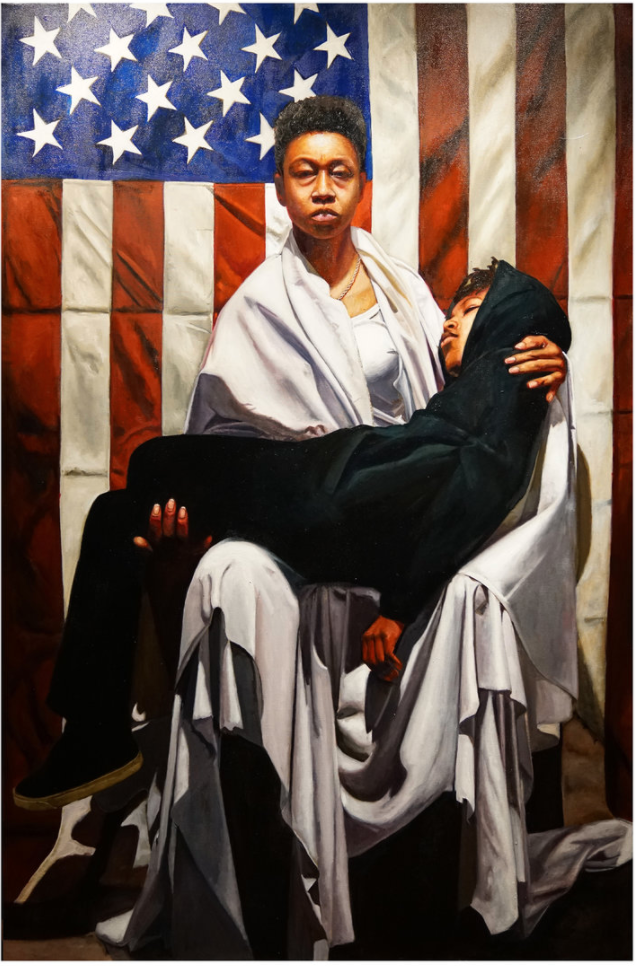Pastorals

“A worthless statement” is how Franciscan theologian Daniel Horan characterizes the 2018 Bishops’ pastoral “against racism.” Immediately, a pang of guilt; in this blog I said it was “pretty good.” I also called on the bishops to defend it in the public sphere as vigorously as they defended some other pro-life issues, and on parishes to study it. Does that relieve my guilt?
Not really. I ended with “We are Called,” the David Haas hymn that speaks to this moment as well. Let us call for more action, more change of heart among Catholics and among the majority of bishops who are white, as Horan does. He describes the USCCB as an “overwhelmingly white space.”
Having observed that space as “press” in November 1992, I certainly agree. Also overwhelmingly male; women were asked to lead prayer, a token spot on an otherwise clerical agenda. I was there for the vote on the fourth draft of a pastoral on women that the NCCB (as it was then called) did not pass. Mary Jeremy Daigler, RSM, in Incompatible with God’s Design, summarizes our opposition well: Women were not the problem. Sexism was and is. “But perhaps most significant of all was the fact that for those ten years the subject of women in the church was regularly and explicitly on the table at the annual bishops’ meeting.”
Has racism been similarly addressed? Six statements from the Church in the U.S. go back to 1958. Fifteen random documents are also listed, including a 1984 letter from the ten black bishops in the US. It has the best artwork of anything there, and addresses the historic and contemporary role of black women. But do any of those statements meet Horan’s criterion: “The church in the U.S. needs a document that does not spare the feelings or prioritize the comfort of white people like me”? I doubt it, though I didn’t read them all.
Two women writing this week come closer to afflicting the comfortable.
Mollie Wilson O’Reilly in Commonweal gives us very specific examples of what needs to change. While condemning “the action against Mr. Floyd” in a radio interview, New York Cardinal Dolan went on to say, in an eerie echo, “our police officers are tremendous people.” O’Reilly examines this and the way “the most-cops-are-heroes defense” is complicated by the Buffalo incident. We now know that the injured protestor is a Catholic Worker, Martin Gugino. O’Reilly concludes, “Real justice … requires rethinking what police do, and how we—all people, but especially white people—empower them to do it. … Insisting on such far-reaching changes is sure to offend police officers, including Catholic ones. We still have to do it. … Every Catholic bishop should be willing to take a side, to say without qualification, ‘Black lives matter.’”
Shannen Dee Williams makes the challenge even more explicit in writing for the Catholic News Service:
“Black Catholics have long known what all Catholics must come to know: If racial justice and peace will ever be attained, it must begin in the church.”
In her short article, Williams details examples of what “Catholic statements … fail to acknowledge and confront: the church’s direct complicity and agency in the contemporary crisis and its histories of colonialism, slavery and segregation.” Then she proposes five ways Catholics can “get started.” I especially like Action.
“Action. Challenge racism in Catholic spaces and call for a change. Make black and brown Catholic history mandatory in Catholic school curriculums, religious formation and seminary training. End discriminatory and anti-black hair policies in Catholic schools. Hire black and brown Catholics in leadership positions in church institutions. Adopt an anti-racist praxis in your Catholic organization.”
Why? Because Black Lives Matter.

2 Responses
The bishops recognize that racism is a sin, but most still evade the issue of ecclesiastical sexism as a sin. Sexism is as bad as racism, or even worse, because gender belongs deeper in the psychosomatic constitution of the human person.
Tylon Sawyer’s Pieta is so powerful and clear. Catholic words and actions have not yet matched that image in its impact. The Pieta makes Black Lives Matter explicitly clear–this mother and her dead child are as important as Jesus and Mary. I would like to see that image displayed prominently in Catholic churches. When we were in Austria last summer, there were displays (often informal) highlighting the lives recently beatified people and newly canonized saints, in front of the side chapels featuring huge and ornate statues and paintings of the more traditional saints they celebrated. I would like to see more of our churches do the same.